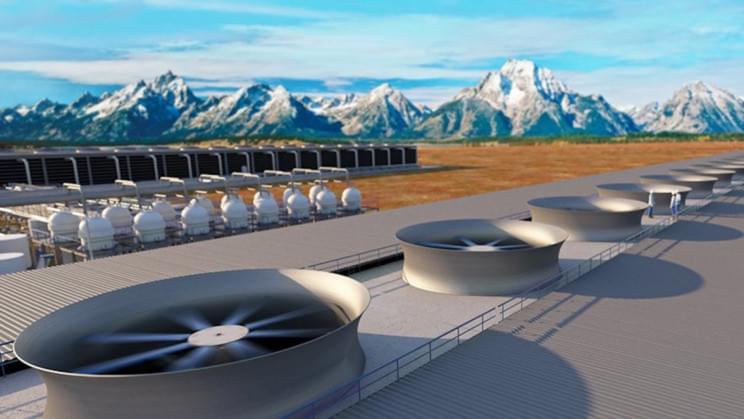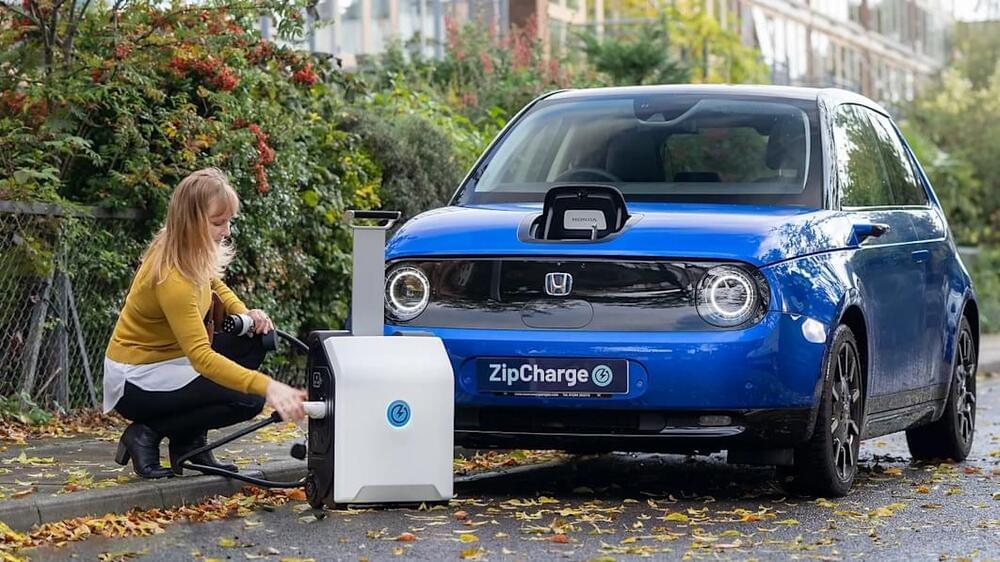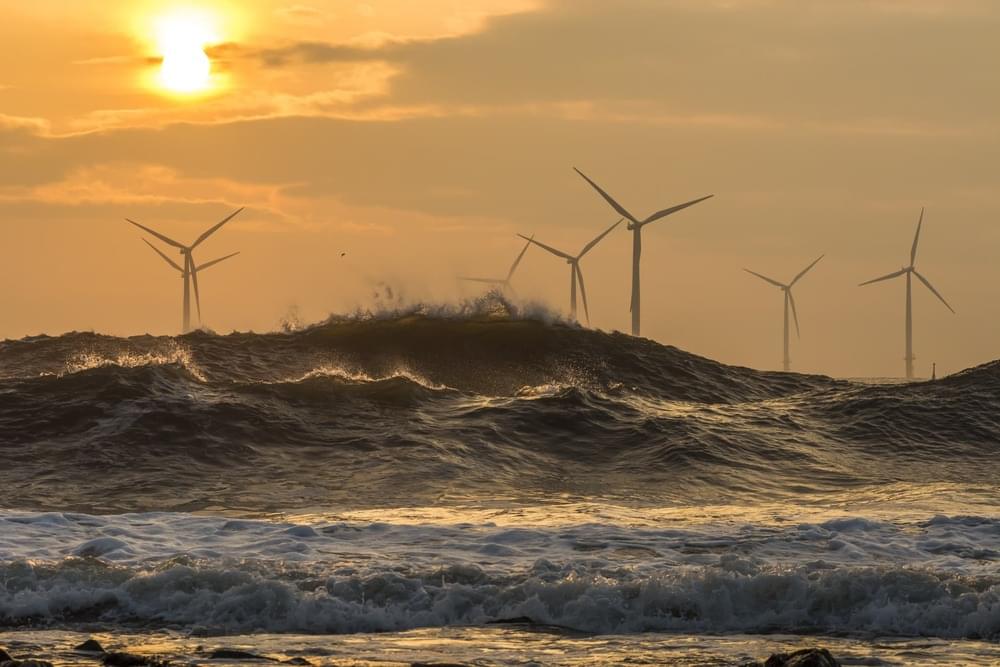Nov 8, 2021
101 Gigawatt Hours of Solar Power From Noise Barriers Possible
Posted by Shubham Ghosh Roy in categories: climatology, solar power, space, sustainability
The noise barriers built in Switzerland can supply up to 101 gigawatt hours of solar electricity every year. The prerequisite is that all noise barriers are covered with solar installations, as far as this is possible and economical. This would be possible with a solar capacity of 111 megawatts. This is the result of a study commissioned by the Swiss Federal Council at the instigation of Bruno Storni, a member of parliament from the Swiss Social Democratic Party.
This potential is far below what is technically feasible. However, the authors of the study subtracted the potential that would hardly be economically feasible according to the current state of the art. In addition, they had to take into account site conditions such as shading of the walls or safety aspects.
101 gigawatt hours sounds a lot. But this is only 0.15 per cent of the usable solar potential on roofs and facades used for comparison in Switzerland. For the federal road administration Astra and the Swiss Federal Railways (SBB), however, it is nevertheless a major step towards climate neutrality. After all, solar installations on noise barriers near road tunnels alone cover eleven per cent of the potential on Astra’s total surfaces.

















